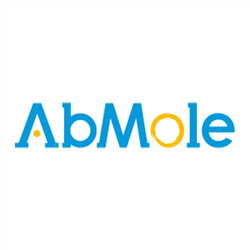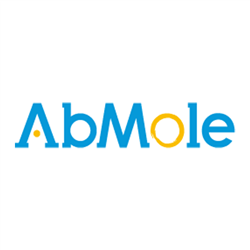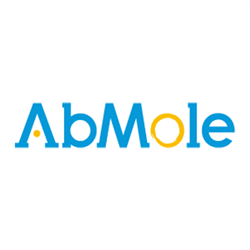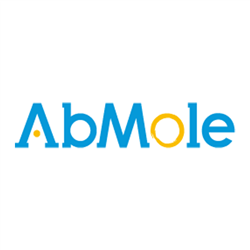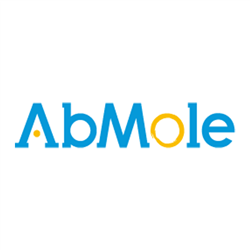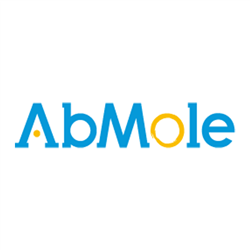Antibody
- Instrumentos
- Agitadores / Agit. Incubadores
- Orbitales
- Con Incubación
- Incubadores Gran Capacidad
- Lineales, Balanceo y 3D
- Incubadores Microplacas
- Para colocar en estufa
- Magnéticos
- Mezcladores /Roller /Rotatorios
- Agitadores de Paletas
- Jeio Tech Accesorios para Agitadores
- Benchmark Accesorios para Agitadores
- N-Biotek Accesorios para Agitadores
- Biosan Accesorios para Agitadores
- Labnet Int. Accesorios para Agitadores
- Vórtex
- Analisis Imagen, animales, plantas, geles
- Balanzas
- Baños Termostáticos
- Cabinas Flujo / Extraccion gases / PCR
- Centrifugas
- Detectores de Radioactividad
- Electroforesis
- Electroquímica
- Equipos Microplacas
- Espectrofotometros
- Experimentacion Animal
- Hornos de Hibridacion
- Homogeneizadores
- Estufas / Equipos calor, frio
- Luminómetros de Tubos
- Microbiologia
- Pipetas / Dispensadores
- Pipetas Labnet Int. Monocanales Automaticos
- Pipetas HTL Monocanales Automáticas
- Pipeta Accumax Mono y Multicanales
- Pipetas Labnet Int. Multicanales
- Pipetas HTL Multicanales
- Pipetas Volumen Fijo
- Pipetas Electrónicas
- Dispensadores
- Dispensadores de Botella
- Pipetas Biosan Monocanales
- Pipetas Biosan Multicanales
- PCR / Tiempo Real (qPCR)l / Cicladores
- QPCR, Sistemas automaticos
- Sonicadores / Ultrasonidos
- Ultracongeladores
- Bombas Jeringa / Vacio / Osmoticas
- Ultracentrífugas
- Micro Array label free
- Contadores de Células
- Contenedores Criogenicos
- Producción agua ultrapura
- Electrospinning
- Agitadores / Agit. Incubadores
- Reactivos
- Consumibles
- Catálogos PDF
Antibody Hay 61873 productos.
Recombinant Human B2M Protein (E. coli, N-6His)
β-2-Microglobulin (B2M) is a secreted protein with 1 Ig-like C1-type domain, which belongs to the beta-2-microglobulin family. B2M may adopt the fibrillar configuration of amyloid in certain pathologic states.
Recombinant Rat CXCL2/CINC-2 Protein (E. coli)
CXCL2/CINC-2, also called macrophage inflammatory protein 2 (MIP-2), Growth-regulated protein beta (Gro-beta) and Gro oncogene-2 (Gro-2), is a small cytokine belonging to the CXC chemokine family. CXCL2/MIP-2 is selectively up-regulated in tolerance-conferring APCs and serves to recruit NKT cells to the splenic marginal zone, where they form clusters with...
Recombinant Rat GM-CSF Protein (CHO)
Granulocyte Macrophage-Colony Stimulating Factor (GM-CSF) is produced by a number of different cell types, including activated T cells, B cells, macrophages, mast cells, endothelial cells, and fibroblasts, in response to cytokine of immune and inflammatory stimuli. ED50 < 5.0 pg/ml, measured in a cell proliferation assay using FDC-P1 cells, corresponding...
Recombinant Mouse/Rat TGF-beta 2 Protein (Mammalian)
Transforming growth factor beta 2 (TGF-β2) is a member of TGF-beta superfamily that shares a characteristic cysteine knot structure.
Recombinant Human IL-5 Protein (E. coli)
Recombinant Human IL-5 Protein (IL-5) is a member of the interleukin family. Interleukin 5 (IL-5) helps to stimulate B cell growth and increase immunoglobulin secretion and is considered a key mediator in eosinophil activation. Interleukin 5 (IL-5) has long been associated with several allergic diseases, including allergic rhinitis and asthma.
Recombinant human IL-6 (CHO-expressed)
Recombinant Human IL-6 is an interleukin that in humans is encoded by the IL-6 gene and acts as both a pro-inflammatory and anti-inflammatory cytokine.
Recombinant Human CD14 (Mammalian, C-6His)
Recombinant Human CD14 is produced by Mammalian expression system and the target gene encoding Thr20-Cys352 is expressed with a 6His tag at the C-terminus. CD14 is a cell surface glycoprotein that is preferentially expressed on monocytes/macrophages. CD14 is anchored to cells by linkage to glycosylphosphatidylinositol (GPI) and functions as a pattern...
Recombinant Human IL18R1 (Mammalian, C-6His)
The interleukin 18 receptor 1 (IL18R1) belongs to interleukin 1 receptor family. IL18R1 has been shown to mediate EAE through regulation of both IL-18-dependent and -independent pathways.
Recombinant Human DPP4/CD26 (Mammalian, C-6His)
DPP4/CD26 is a signal-anchor for type II membrane protein that belongs to the peptidase S9B family. DPP4/CD26 acts as a positive regulator of T-cell coactivation, by binding at least ADA, CAV1, IGF2R, and PTPRC. It’s binding to CAV1 and CARD11 induces T-cell proliferation and NF-kappa-B activation in a T-cell receptor/CD3-dependent manner.
Recombinant Human IL32 (E.coli)
It induces various cytokines such as TNFA/TNF-α and IL8. it activates the typical cytokine signaling pathways NF-kappa-B and p38 MAPK. accession # P24001.
Recombinant Human SEMA3A (Mammalian, N-6His-Flag)
Semaphorin 3A (SEMA3A) is a secreted protein which belongs to the semaphorin family. Semaphorin 3A can function as either a chemorepulsive agent, inhibiting axonal outgrowth, or as a chemoattractive agent, stimulating the growth of apical dendrites.
Recombinant Enhanced Green Fluorecence Protein (E. coli)
Recombinant Enhanced Green fluorescent protein (EGFP) is a 26.9 kDa protein (composed of 239 a.a. residues) that shows green fluorescence in short-wave light (blue to ultraviolet). Enhanced GFP (eGFP) has S65T and F64L mutations, which make GFP show increased fluorescence and fold more efficiently under 37℃, respectively.



